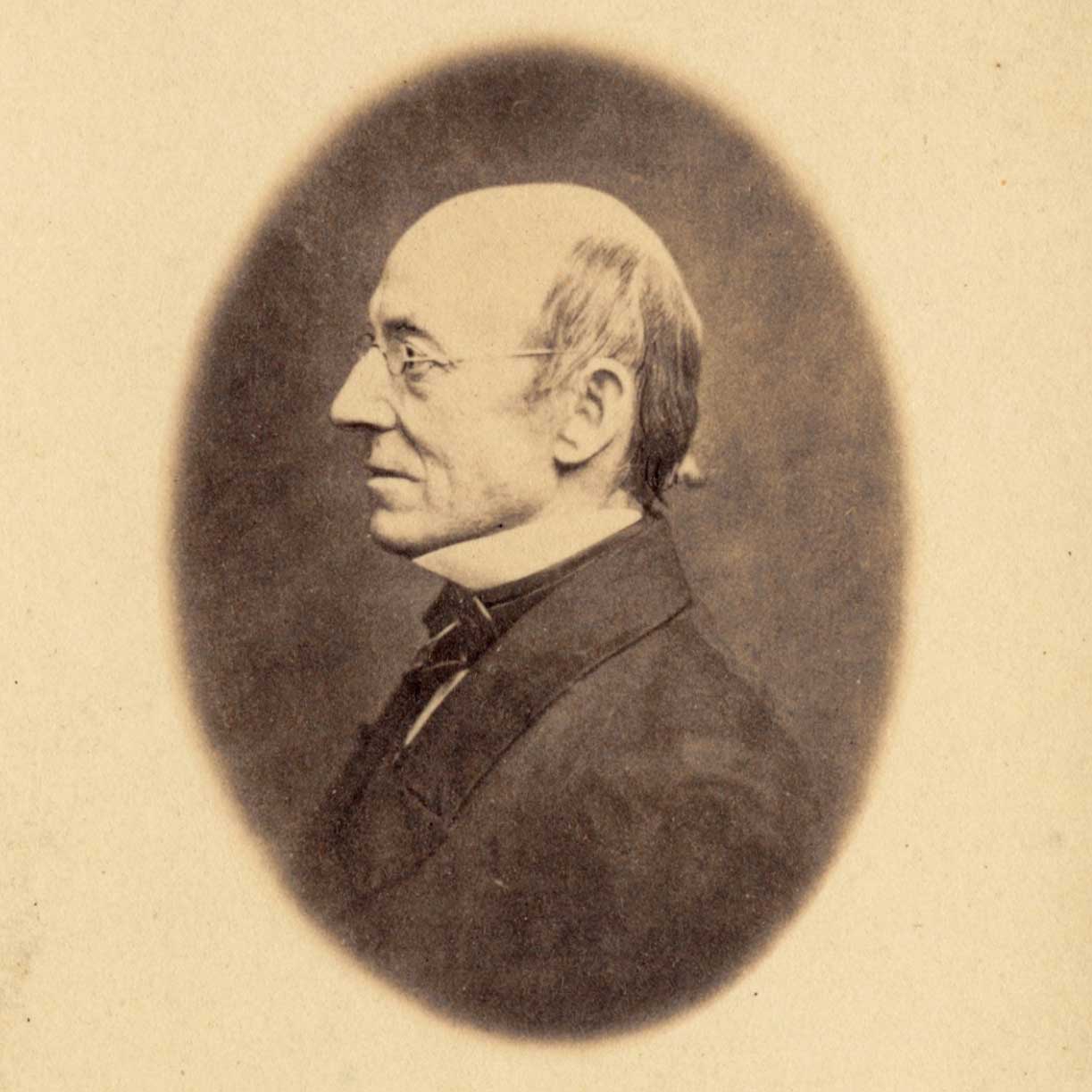YOUR ANCESTORS STAYED WITH US
Instead of simply paying Newburyport's fascinating sites a visit, stay in one. A world-renowned landmark in luxury that forms the cornerstone of Newburyport's city center. A Boutique Hotel that not only brings you the best of Newburyport, but lets you live it firsthand.
William Lloyd Garrison
William Lloyd Garrison was born in Newburyport, Massachusetts, on December 12, 1805. He apprenticed as a printer, and became editor of the Newburyport Herald in 1824. Five years later Garrison criticized a merchant involved in the slave trade, resulting in his imprisonment for libel. Upon his release he established his own anti-slavery newspaper, The Liberator. The newspaper’s motto was: “Our country is the world - our countrymen are mankind.” In The Liberator Garrison not only attacked slaveholders but the “timidity, injustice and absurdity" of those who wanted gradual emancipation. The strong opinions expressed in its columns gained Mr. Garrison a national reputation as the leader of those favoring immediate emancipation. After the passing of the 13th Amendment in 1865, Garrison decided to cease publication of The Liberator. Garrison spent his last fourteen years campaigning for women’s suffrage, pacifism and temperance. William Lloyd Garrison died on May 24, 1879.
Moses Brown
Moses Brown was born in 1742 and raised on the Brown farm in West Newbury. As a boy he learned the carriage trade. He moved to Newburyport, where he established his own chaise making and repair shop. Having acquired capital in the years before the Revolutionary War, he invested it in the importation of sugar and molasses, profiting handsomely, and investing thereafter in the West Indies trading, in ships of trade and in real estate. By 1790 Moses was the second wealthiest man in Newburyport. In 1792, he purchased the land, wharf, and flats at the foot of Green Street, where he established his distillery manufacturing New England Rum. Moses Brown invested his profits in widespread real estate purchases. As the largest holder of real estate in Newburyport, Moses Brown owned many buildings, be he is best remembered for the one built at his direction on the public square of his creation - the Brown Square House now known as the Garrison Inn.
Garrison Inn
With drastic curtailment of shipping in the war of 1812, Newburyport’s economy suffered a depression. Land values plummeted. As the town’s largest landowner, major ship builder, and manufacturer depending on raw materials, Moses Brown suffered losses. He converted portions of his Brown Square House into business uses by the year 1813. Following Moses Browns death in 1827, the Brown Square House passed to his only heir, Sarah White Banister. By 1850 the Brown Square House served as a boarding house and Inn. After Mrs. Sarah Banister’s death in 1880, the building was named the Brown Square Hotel. The dining room opened in 1909. The building changed hands in 1922 and on July 2, 1923 the Hotel re-opened as the Garrison Inn, named in honor of Newburyport’s famed abolitionist, William Lloyd Garrison, whose statue has rested on Brown Square since 1893. The building was offically listed on the National Register of Historic Places in 1975.
Newburyport
Settled in 1630 and incorporated in 1764, the city of Newburyport was built by ship owners and sea captains, who carried the name of their city to remote corners of the world. Situated at the mouth of the Merrimac River, Newburyport was an ideal location for the shipping industry as the city at the time was a bustling world trade center. Birthplace of the U.S. Coast Guard, Newburyport once rivaled Boston as the state’s biggest and best seat of colonial shipbuilding and worldwide trade. Now, a stroll along High Street or just about any side street gives a person a look back in time. The various styles of historic buildings and architecture have been preserved for us to enjoy. Today the city is just as exciting in different ways. Marinas and fishing fleets have replaced the shipbuilding and the city itself has gone through a renaissance restoring the grace and elegance the townspeople are proud of. Federal style brick buildings dot the downtown area with unique shops, boutiques, galleries, antique stores and eateries to satisfy every taste.





